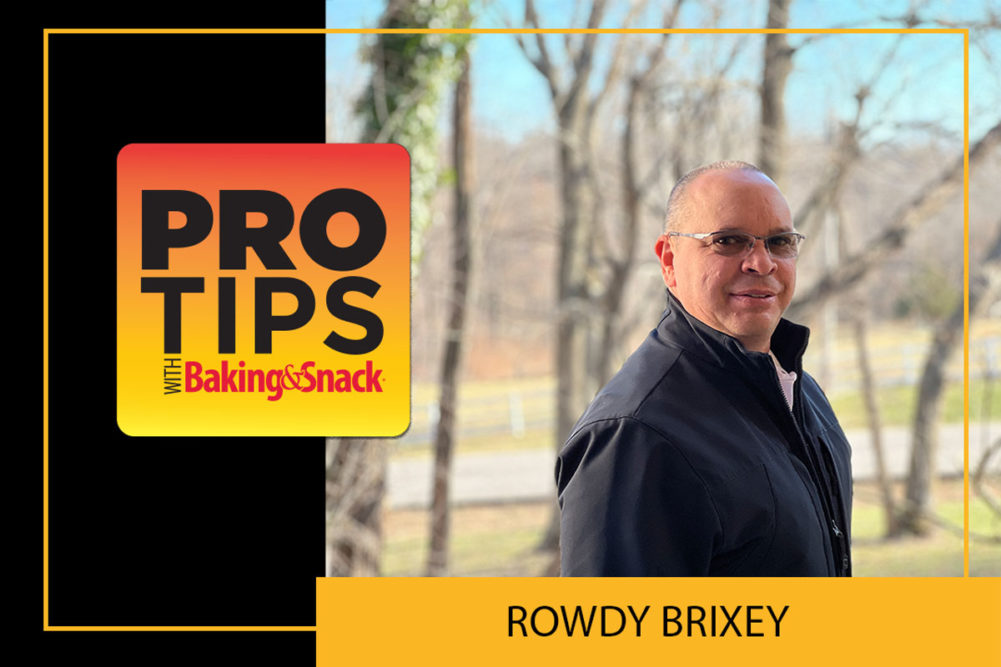Pro Tip: Check out this four-step OSHA checklist for oven repair and maintenance.
Ovens are a crucial part of the baking industry. But safeties and regulations are a vital part of keeping employees safe. It’s also the law.
Some large bakery ovens can have a total baking capacity exceeding 12.5 million BTUs per hour and well over 120 large burners. Whether an oven is direct-fired or indirect-fired, it is equipped with several combustion safeties. These safeties, when properly functioning, are designed to prevent catastrophic failure and ensure a safe operating environment.
OSHA Standard 1910.263 covers bakery equipment and section “L” or (l) is specific to ovens. Within this section, Federal Regulation 1910.263(l)(9)(ii) states: “All safety devices on ovens shall be inspected at intervals of not less than twice a month by an especially appointed, properly instructed, bakery employee, and not less than once a year by representatives of the oven manufacturers.”
Let’s break this down and cover the intent and expectations.
What must be inspected: “All safety devices on ovens shall be inspected…” This refers to the original combustion safeties. They’re devices such as low- and high-fuel pressure switches, exhaust-airflow switches, purge timer, high-temperature switch(es), damper switch(es) and combustion air pressure switch(es), just to name the most common components; there could be several others.
The proper inspection of these safeties must begin by knowing what they should be set at, what they are set at and a test to see that they function and trigger a re-purge when required.
When shall these safeties be inspected: “… at intervals of not less than twice a month…” This means that during your annual third-party inspection, you should be able to produce two completed copies of an inspection for each month and for each oven in your plant.
These inspections are performed by whom: “… by an especially appointed, properly instructed bakery employee…” Especially appointed means that bakery management shall select an associate that has been trained or properly instructed.
This also means that the bakery should be prepared to demonstrate when and how training was provided to this individual and training documents should be kept on file along with the inspection reports collected in the event an OSHA auditor asks to see them.
How often should an oven manufacturer or experienced oven inspector be scheduled to double check your oven safeties: “… not less than once a year by representatives of the oven manufacturers.”
Remember that oven safety components can fail just like anything else but given the right (or wrong) circumstances can be disastrous.
Finding and fixing a failed combustion safety as soon as possible is imperative to maintaining a safe working environment. Once a safety is documented as mis-adjusted or failed it needs to be corrected or replaced as soon as possible, retested and documents filed.
Rowdy Brixey is founder and president of Brixey Engineering Inc.
You can connect with him at LinkedIn.




